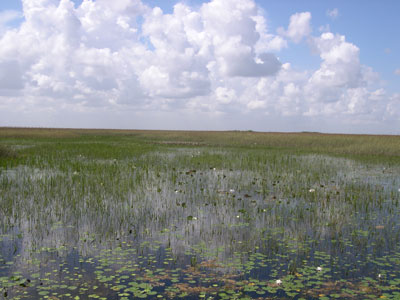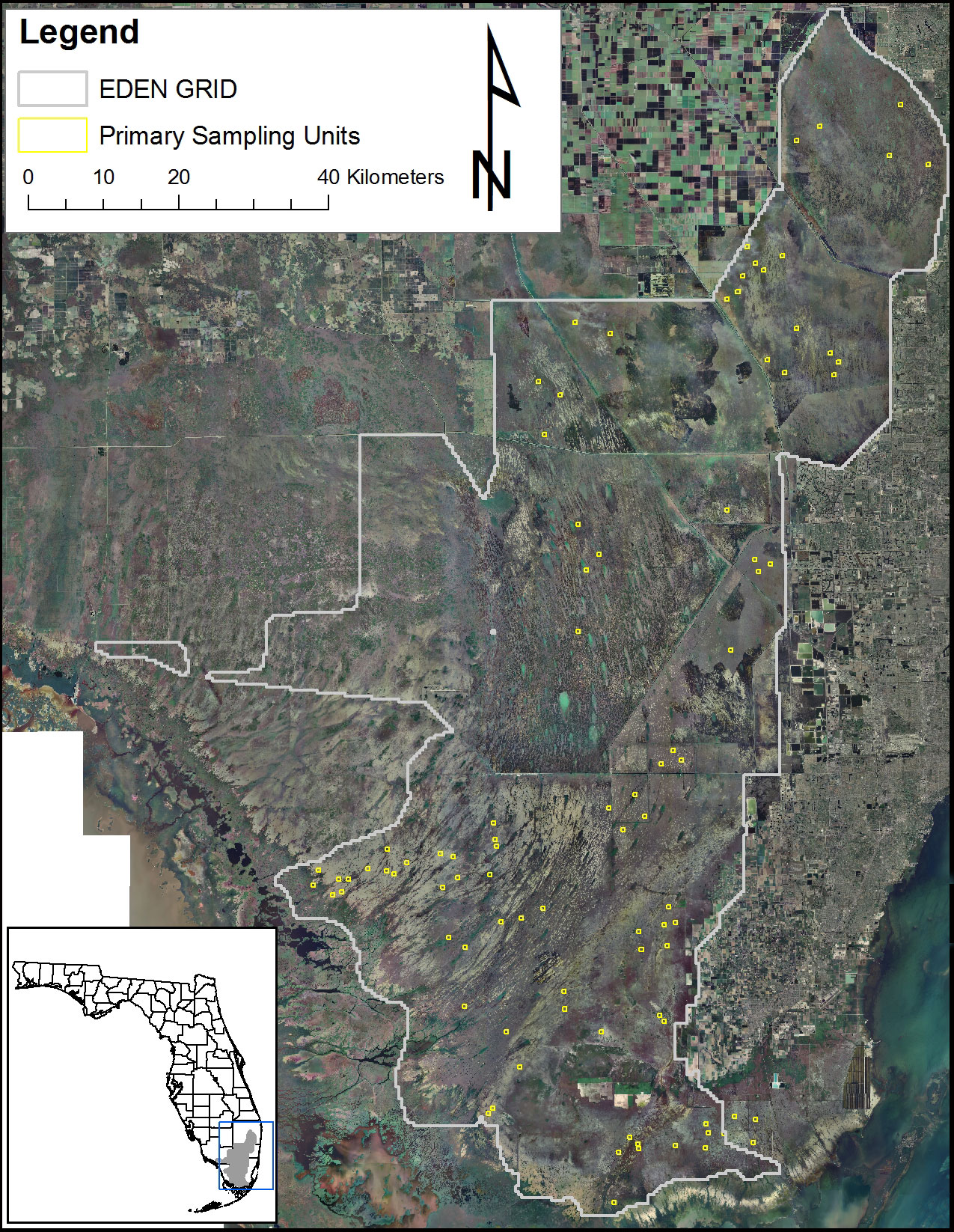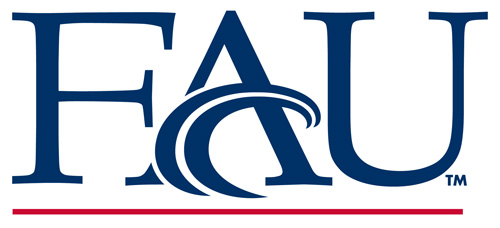Introduction

Wetlands occupy a unique role in nature as the transitional areas between terrestrial and open-water systems, and as such exhibit characteristics of both ecosystem types. They tend to be highly disturbed systems that are driven by processes such as fire, hydrologic fluctuations, and nutrient cycling (Keddy 2000). Recovering natural processes and functions is the primary goal of wetland ecosystem restoration (National Research Council 1992) so it is not surprising that birds are sometimes used as a measure of restoration success. Becauause predatory birds living in such dynamic ecosystems are often limited by the ability to find or exploit food, (Wiens 1989, Gawlik 2002) they can be good indicators of lower trophic levels and related ecosystem functions. An important criterion for any indicator species is that it must be mechanistically linked to an environmental attribute or the outcome of a key ecological process or function (Frederick and Ogden 2003). Additionally, the indicator species and the environmental attribute or process must be considered at the same spatial and temporal scales (Frederick and Ogden 2003).

Wading birds are a defining characteristic of the Everglades and have been used as indicators of changes in natural hydrology and decreased prey availability (Ogden 1994, Frederick and Ogden 2003, Frederick et al. 2009). The key hypothesis supporting the use of wading birds as indicators in the Everglades is that there is a linkage among hydrology, prey availability, and wading birds. While the trophic hypothesis has been supported by field studies (Kahl 1964, Kushlan 1976), experiments (Gawlik 2002)and modeling (Fleming et al. 1994), it has not yet been quantified. It was often thought that prey abundance was driving wading bird populations; however, wading bird populations are often highest following droughts, when fish populations are low. It is now understood that wading bird populations are driven by prey availability, a composite variable consisting of prey density and prey vulnerability (Gawlik 2002). Prey availability is more than just prey population size. It also incorporates factors that reorganize fish populations in to small patches of dense prey that are highly vulnerable to capture by wading birds. The factors are not well understood because much of the rich record of fish sampling in the Everglades was done during times of high water, when prey were not available to wading birds and few wading birds were in the system. Using empirical data on dry season prey concentrations and wading bird nesting effort in response to a suite of Everglades patch and landscape level metrics, this study aims to identify the key parameters responsible for promoting prey concentrations and quantify the linkage among hydrology, prey availability and wading bird nesting .
Objectives
- Develop a model that uses harmonic analyses of daily water depths and other landscape metrics to predict years with good wading bird nesting .
- Use model selection in an information-theoretic approach to quantify the relationship between prey concentrations and microhabitat variables.
Figure 1. Conceptual model of factors affecting prey concentrations and driving wading bird populations.
Study Area
Figure 1. Map of study area showing scope of the 42415 400 m x 400 m Everglades Depth Estimation Network (EDEN) grid cells and sampled 500 m x 500 m primary sampling units.


